
Smog in Beijing five times over safety limit as Olympics nears
Flora Bagenal
Pollution around the Olympic stadium in Beijing could be five times worse than levels deemed safe by the World Health Organisation.
Chinese officials admit they can no longer guarantee that the air quality will match international standards as pollution tests by The Sunday Times revealed the full extent of the challenge facing British athletes.
With just five weeks to go before the start of the Beijing Games, tests conducted outside the national stadium — known as the Bird’s Nest — and at Tiananmen Square, the starting point of the marathon, showed the air is thick with particulate pollution.
Even the Chinese government’s official air pollution index — which monitors a range of pollutants, including carbon dioxide and nitrous oxide — is running at double the level recommended by the WHO.
Four wheels bad, two wheels good
Beijing to ban a million cars to reduce smog
Du Shaozhong, deputy director of Beijing’s Environmental Protection Bureau, said: “We made a commitment to ensure air quality for the Olympic Games . . . as for whether we have reached the goal, that will be examined after the event.”
The British team is taking no chances and will train in Macau on the southern coast until the last minute to minimise athletes’ exposure to Beijing’s smog.
Haile Gebrselassie, the world’s leading long-distance runner, who suffers from asthma, has already pulled out of the marathon.
Last week The Sunday Times used an industrial hand-held air monitor to measure the number of particles in the atmosphere, which include car emissions and coal dust from factories. The particles are considered the biggest polluting factor.
The average reading at the stadium was 780,000 particles per litre of air. Even factoring in a 25% margin of error for humidity levels exaggerating the readings, this is more than five times the amount deemed safe by the WHO. The organisation considers 105,000 particles per litre of air a health risk.
Average readings at Tiananmen Square were lower — but still four times worse than the WHO standards when factoring in the humidity.
“Anything over 300,000 would be very worrying if you were using the same equipment in London,” said Professor Frank Kelly, a pollution expert at Kings College London.






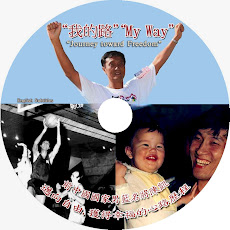







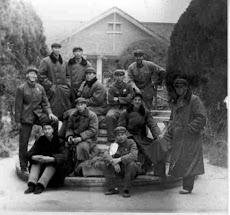


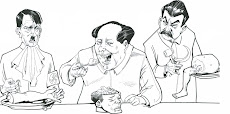
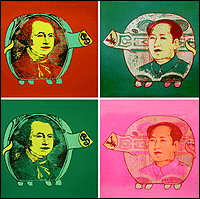
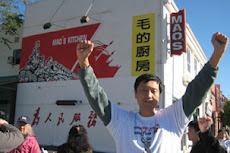


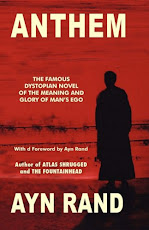










No comments:
Post a Comment